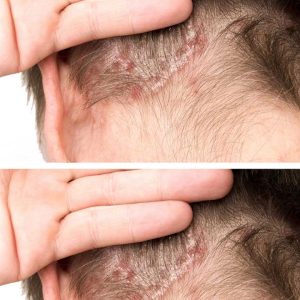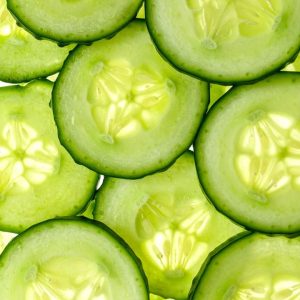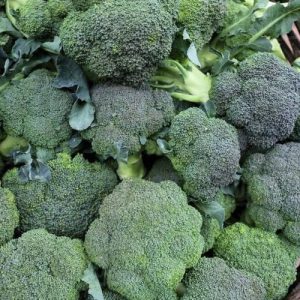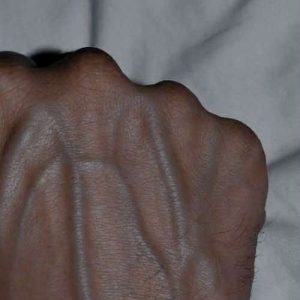
Shaving, waxing, and threading are commonly used to remove unwanted hair, but they offer only temporary results. This has led many to seek natural alternatives with the hope of longer-lasting effects. While some ingredients like turmeric, sugar, lemon juice, and egg whites are often promoted for their hair-removal properties, it’s important to separate fact from fiction. In this article, we’ll explore what these natural remedies can actually do—and what they can’t.
1. Turmeric and Milk Paste: Gentle on Skin, But Not a Permanent Solution
Turmeric is well-known in traditional skincare for its anti-inflammatory and antibacterial benefits. When mixed with milk, it forms a paste that can be soothing and may slightly exfoliate the skin.
How to Use:
- Mix 1 tablespoon of turmeric with milk to create a paste.
- Apply it to the skin and let it sit for 15–20 minutes.
- Gently remove it with a damp cloth in circular motions.
What It Really Does:
Although turmeric is often claimed to reduce hair growth, scientific evidence supporting this for permanent hair removal is limited. It may help improve skin texture and reduce irritation, but it does not destroy hair follicles.
2. Sugar and Lemon Scrub: A Natural Exfoliant, Not a Hair Removal Cure
The sugar and lemon mixture is a DIY version of a sugaring technique, which works similarly to waxing. It may temporarily remove fine hair from the root when used properly.
How to Use:
- Mix 2 tablespoons of sugar with 1 tablespoon of lemon juice and a bit of water.
- Gently apply to the skin and leave it on for 10–15 minutes.
- Rinse with lukewarm water.
What It Really Does:
This scrub can exfoliate the skin and may pull out fine hairs. However, it is not permanent and needs to be used regularly for visible results. Also, lemon juice can cause skin sensitivity to sunlight, so it’s important to avoid sun exposure after application.
3. Egg White Mask: Effective for Fine Hair, But Results Are Temporary
Egg white masks are often used in beauty routines for their tightening effects on the skin. When applied and peeled off, they can sometimes pull away dead skin and very fine facial hair.
How to Use:
- Separate the egg white from the yolk.
- Whisk the egg white and apply to clean skin.
- Let it dry completely (20–30 minutes), then peel off gently.
What It Really Does:
The egg mask may help remove peach fuzz and exfoliate the skin. However, it does not work on thicker hair and does not offer long-term hair reduction.
Conclusion and Safe Recommendations
Natural remedies like turmeric paste, sugar scrubs, and egg masks may temporarily reduce the appearance of hair or help with fine hair removal, but they do not provide permanent results. Their primary benefits lie in skin care, such as exfoliation and soothing irritation.
For permanent or long-term hair removal, options like laser hair removal or electrolysis are supported by scientific research and offer more reliable results. These methods target the hair follicle itself, preventing regrowth over time.
Always consult with a dermatologist before trying any new treatment, especially for sensitive areas like the face or pubic region. This ensures your chosen method is safe for your skin type and health condition.




